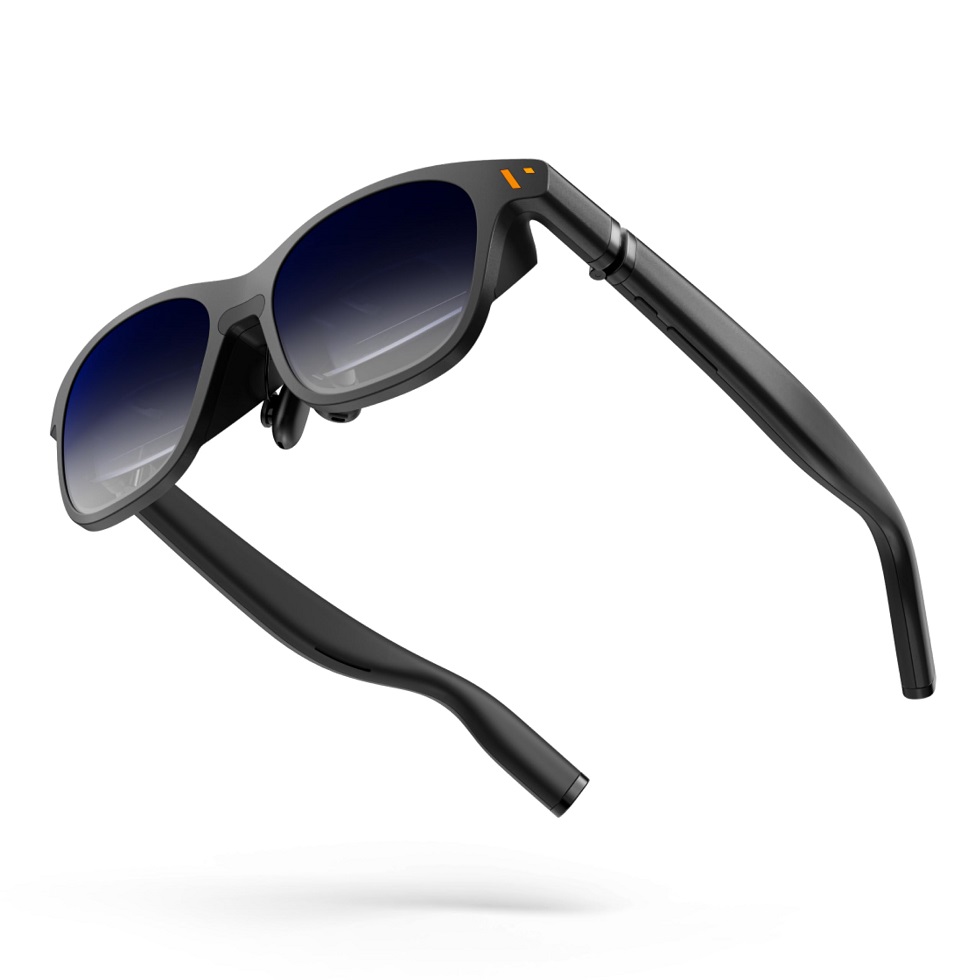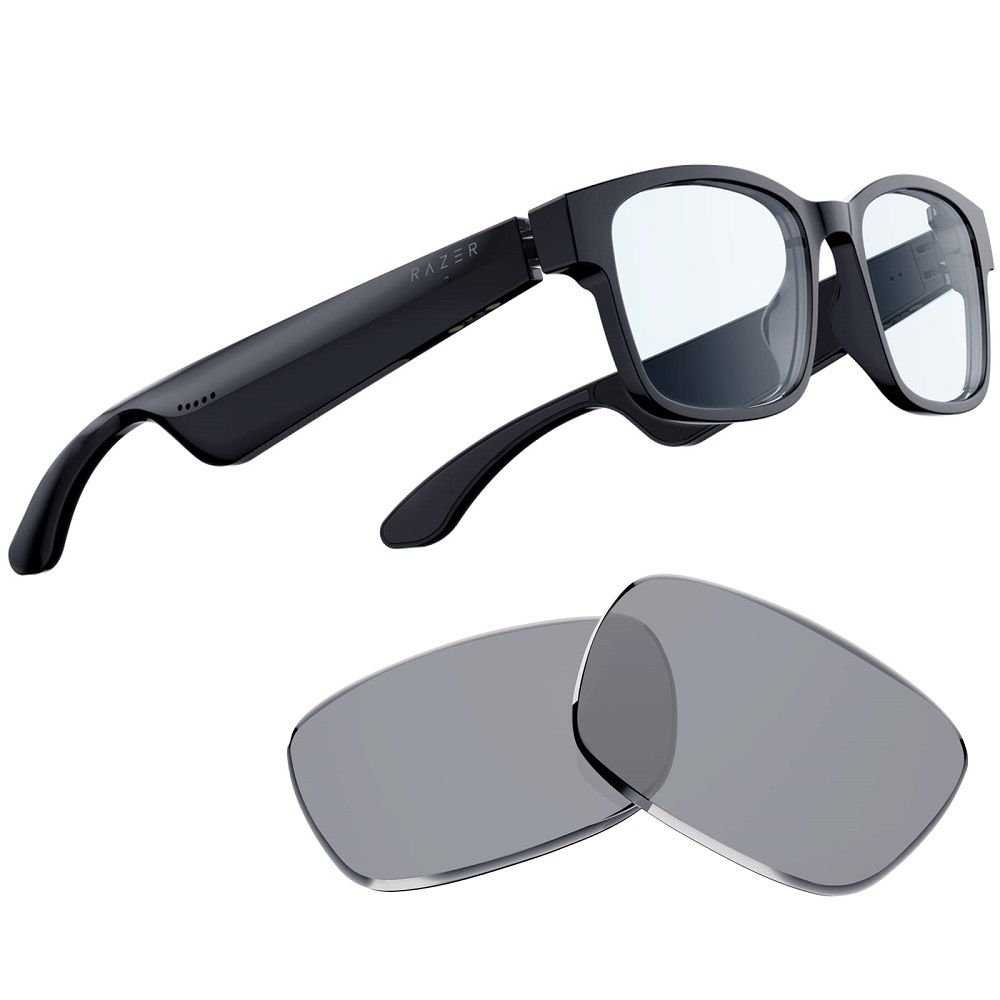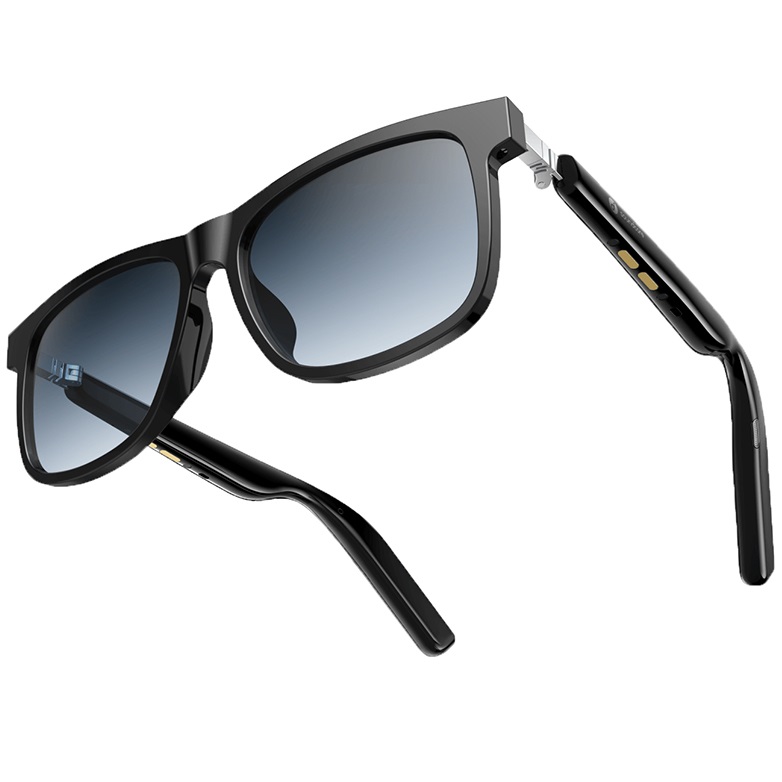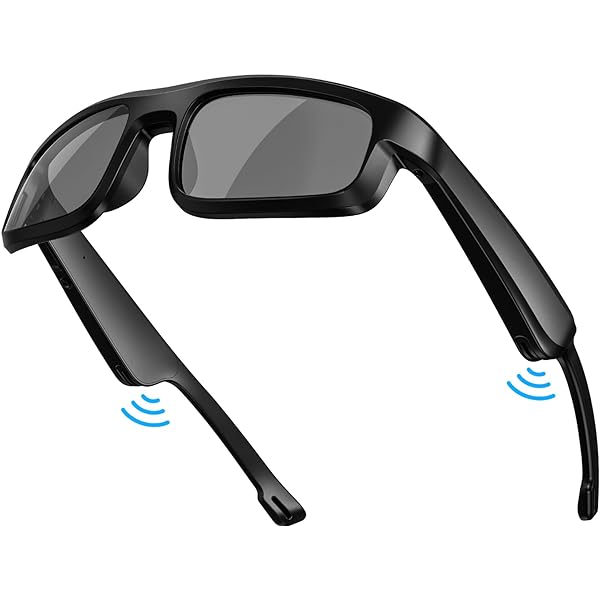Introdcution
Smart glasses are transforming the way we interact with the digital world. They combine advanced technology with everyday usability. These glasses can provide different features depending on their design and purpose. This article explores the various functions of smart glass, diving deep into how they enhance our lives.
What are Smart Glasses?
Smart glasses are wearable devices that look and function like traditional eyewear. They often incorporate a display, camera, sensors, and connectivity features. This blend allows users to access information and perform tasks without needing to pull out a phone or tablet. They provide an augmented reality (AR) experience, bridging the gap between the digital world and our physical reality.
Smart glass can help in various fields such as education, medical practice, and entertainment. They improve efficiency and offer unique user experiences. The most common elements in smart glass include a heads-up display (HUD), voice recognition, and sometimes even gesture control. Users can browse information hands-free. This feature allows them to remain engaged with their physical environment.
Types of Smart Glasses
There are several categories of smart glass, each serving different purposes. Some focus on productivity, while others prioritize entertainment or specialized applications. Here’s a closer look at some common types.
Augmented Reality Smart Glasses
AR smart glass overlay digital information on the real world. This transforms how we see and interact with our environment. For example, Google Glass is a well-known product that allows users to view notifications, maps, and other relevant information in their line of sight. This means you don’t have to look at your phone for directions or messages.
AR smart glass can also assist in gaming. Games like Pokémon GO demonstrate how real-world locations can become interactive play areas when combined with AR. Users can see virtual characters and objects overlaid onto their physical environment. This creates an immersive experience unlike any other.
Virtual Reality Smart Glasses
While augmented reality enhances the real world, virtual reality (VR) smart glasses create a completely new one. These devices block out the real world and immerse users into a virtual environment. Popular VR headsets like Oculus Quest allow users to experience games and activities in a fully digital space.
VR can also have practical applications. It is used in training programs for various fields, such as medicine and aviation. This helps professionals practice scenarios without any risks. They can experience high-pressure situations in a controlled environment. It enhances skill development and prepares them for real-life situations.
Smart Safety Glasses
Certain smart glasses are designed specifically for workplace safety. These glasses can incorporate features that help workers remain aware of their surroundings. For example, smart safety glasses can have built-in alerts for potential hazards. This assists in preventing accidents.
Additionally, these glasses can provide workers with real-time updates. For instance, a construction worker can receive building plans and safety protocols without looking away from their task. The hands-free nature of smart safety glasses makes them invaluable in fast-paced environments.
Fitness and Health Monitoring Smart Glasses
Many users are now turning to smart glass to help track health and fitness. Some models are equipped with heart rate monitors and other health-related sensors. They can display workout statistics, keeping users informed without interrupting their routines.
These glasses can also provide coaching. Imagine receiving real-time feedback while running or cycling. Smart glass can help users adjust their pace or improve their form. This integration of health monitoring into eyewear simplifies how we approach fitness.
Important Features of Smart Glasses
Smart glasses are equipped with several features that significantly enhance their functionality. These features vary depending on the model and manufacturer. However, some common elements can be found across the board.
Display and User Interface
The display in smart glasses serves as a primary interface for users. It can show notifications, maps, and other information in real-time. This allows users to multitask effectively. Instead of pulling out a phone, users can simply glance up to see what they need.
The user interface (UI) is equally important. A well-designed UI allows for smooth interaction. Users should be able to navigate menus easily and access necessary features without confusion. Voice commands can also enhance usability. Many models allow users to give verbal commands, making the experience even more hands-free.
Connectivity
Smart glasses often rely on connectivity features to function. Bluetooth and Wi-Fi allow users to connect their glasses to smartphones or other devices. This connection becomes essential for receiving alerts, accessing apps, and syncing data.
Some advanced models also offer independent connectivity. These versions may have built-in mobile capabilities, allowing users to make calls, send messages, or browse the internet directly through the glasses. This level of connectivity transforms them into a true extension of our digital lives.
Camera and Sensors
Cameras built into smart glasses provide unique features. They allow users to capture images and video hands-free. This can be particularly useful for documenting activities. In educational settings, teachers can record lectures or experiments for later review.
Sensors, such as GPS and accelerometers, are also vital components. GPS enables location tracking, while accelerometers can monitor movement. Together, these features enhance the overall functionality of smart glasses. They enable features like navigation and fitness tracking.
Applications in Everyday Life
Smart glasses aren’t just for tech enthusiasts; they have numerous practical applications in everyday life. These devices can enhance hobbies, streamline daily tasks, and improve communication.
Personal Assistance and Communication
Smart glasses can act as personal assistants. They help users manage schedules, set reminders, and access information on the go. Imagine receiving updates about appointments or traffic conditions without having to look at your phone.
Communication also becomes seamless. Users can take calls, send messages, and even attend video calls through their glasses. This hands-free communication is especially useful when multitasking. Whether cooking, working out, or driving, smart glasses keep users connected.
Augmented Learning
In education, smart glasses can revolutionize how students learn. They can display lessons, videos, or even 3D models in real time. This type of augmented learning can enhance understanding and retention of information.
Teachers can use smart glasses to give real-time showcases of complex concepts. Imagine a chemistry teacher demonstrating molecular structures through AR. This engagement can make learning more effective and enjoyable.
Enhanced Retail Experiences
Retailers are increasingly exploring smart glasses to enhance customer experiences. With the ability to view clothes or products in 3D, customers can make better purchasing decisions. Some stores have already implemented try-on features using AR glasses. Shoppers can see how clothing looks on them without physically trying it on.
Smart glasses can guide customers through stores, providing product information and promotions in real-time. This can make the shopping process more interactive. The seamless integration of technology creates a unique shopping experience that better suits modern consumers.
Healthcare Improvements
The healthcare industry has embraced smart glasses for many purposes. Surgeons can wear them during operations to access patient records or display imaging data without looking away from their work. This access to information can enhance surgical efficiency and patient outcomes.
Doctors can also utilize smart glasses for telemedicine. They can conduct remote consultations while keeping their hands free for examinations or procedures. This integration of technology into healthcare can break down barriers and improve patient access.
Challenges and Considerations
Despite their many benefits, smart glasses come with challenges. As with any technology, potential drawbacks should be considered.
Privacy Concerns
The integration of cameras raises privacy concerns. Users can capture images and videos without others’ knowledge. This can lead to uncomfortable situations and issues regarding consent. Ensuring that individuals feel safe around users of smart glasses is essential.
Manufacturers are addressing these concerns by implementing features that notify others when a recording is in progress. However, establishing a culture of trust is crucial. Responsible usage is necessary to balance technology and public concerns.
Battery Life and Connectivity Issues
Most electronic devices face battery life challenges, and smart glasses are no exception. Users often want to use features like navigation and notifications throughout the day. If the battery can’t keep up, functionality is compromised. Manufacturers are working to develop longer-lasting batteries, but this remains a consideration for users.
Moreover, connectivity can be an issue. Disruptions in Wi-Fi or cellular service can limit the capabilities of smart glasses. Users may find themselves unable to access essential apps or services when connectivity fails. Solutions for maintaining stable connections are vital in enhancing user experience.
High Costs and Accessibility
Smart glasses can often be expensive. Their advanced technology and features contribute to the overall cost. This can make it difficult for average consumers to justify the purchase. While prices may decrease over time, affordability remains a concern.
Furthermore, not everyone finds smart glasses comfortable. Some people may feel that wearing them is cumbersome or may not find the design appealing. User experience is critical. Companies need to focus on making smart glasses accessible and comfortable for various demographics.
The Future of Smart Glasses
The future of smart glass is promising. As technology progresses, we can expect more innovative features and applications.
Integration with Artificial Intelligence
As artificial intelligence (AI) evolves, smart glasses are likely to incorporate advanced AI features. This can include predictive analytics, personalized suggestions, and more intelligent voice recognition. These advancements could make smart glass an even more useful daily tool.
Imagine having a pair of glasses that learns your habits and preferences. They may suggest routes to avoid traffic or remind you of tasks based on your location. The integration of AI can make smart glass significantly smarter and more intuitive for users.
Expanded Use in Various Industries
Different industries are likely to explore smart glass further. Beyond education and healthcare, sectors like tourism and manufacturing can benefit as well. For example, tourists could access historical information simply by looking at landmarks through smart glass.
Manufacturing environments could use smart glass for real-time quality control and process management. Workers could see digital overlays of instructions or repair manuals while maintaining focus on their tasks.
Evolution of Design and Comfort
As the technology matures, the design and comfort of smart glass will improve. Manufacturers will likely focus on making them lighter, more aesthetically pleasing, and multifunctional. Creating glasses that people want to wear daily will be essential for broad market acceptance.
Future designs may blend seamlessly with traditional eyewear styles. This could make it easier for consumers to adopt and incorporate smart glass into their lives.
Conclusion
Smart glasses represent a fascinating intersection of technology and daily life. From AR to fitness tracking, these devices offer numerous functionalities that enhance personal and professional experiences. Despite challenges, innovations in tech suggest a bright future for smart glass.
As they continue to evolve, these devices will likely become even more integarated into our lives. They promise to offer unprecedented convenience, communication, and interaction with the digital world. With their diverse applications, smart glasses are positioned to play a crucial role in the future of technology.



